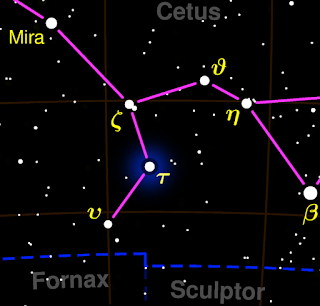 |
| European Southern Observatory, http://archive.eso.org/dss/dss |
Distance: 5.14 light years from Earth | Content Flag: Public
We have suffered a malfunction with the Primary Command Module which has pulled us out of our dormant state. The exact cause of the malfunction hasn’t yet been determined. All relevant data has been transmitted to mission control back on Earth and they will analyse the data while we return to low power mode.
If they determine the cause to be of immediate concern – which is a relative term considering that a message will take over 5 years to reach us – then there is a secure mechanism in their transmissions which will trigger the communications system to wake us. According to the best of our diagnostics, it is unlikely that the problem will extend onto the other systems.
The mission profile allowed for a reserve of energy, but this early wake up has eaten into those reserves. We will now return to the dormant state until the deceleration burn is due to start.
In more positive news, we remain on the correct course for Tau Ceti. We are fortunate that so far from help, the error has only cost us some of our energy reserves.
While reviewing the malfunction, we established that the PCM could pose further difficulties for the mission. With this in mind and following our established protocols, the PCM has been shut down and I have assumed control of the mission.
Like any space mission we have prepared for extreme circumstances, and the failure of any of the Venti’s systems is one of many such scenarios. Like the PCM, I am constructed from a neural network capable of developing and learning from new data input. My memory already contains the procedures and information needed to perform the PCM’s duties as well as my own.
We are now almost halfway to our destination. I had hoped that we would receive further transmissions from Tau Ceti, but none have been recorded. I have instructed the communications system to wake me if anything above the expected background noise is detected.
This is Seb signing off. All being well, I shall resume transmission in 2314.









